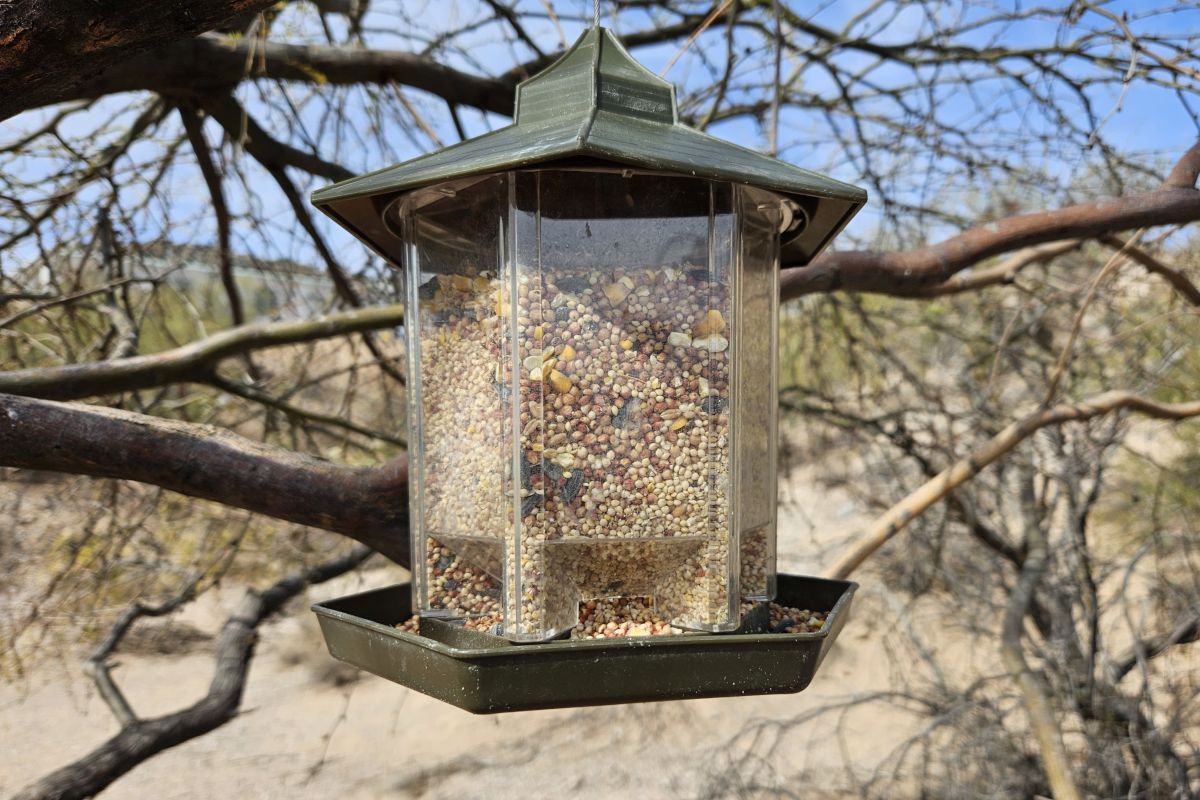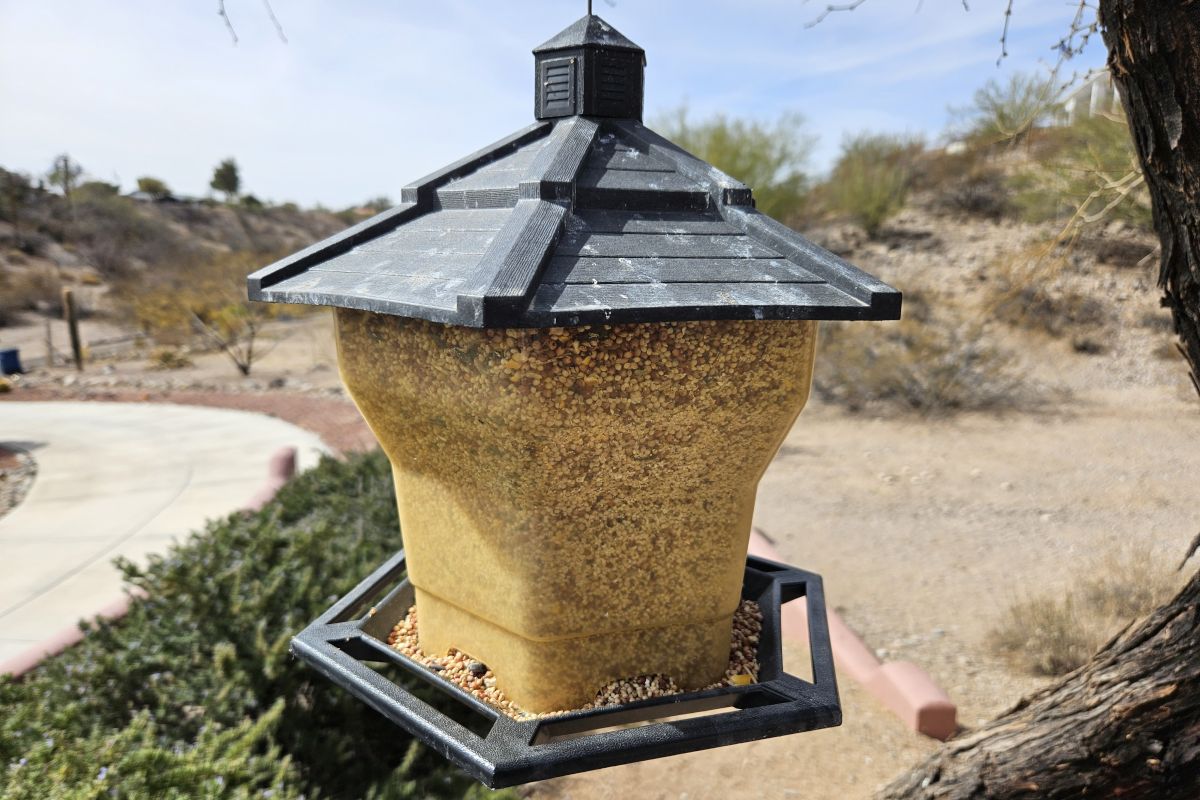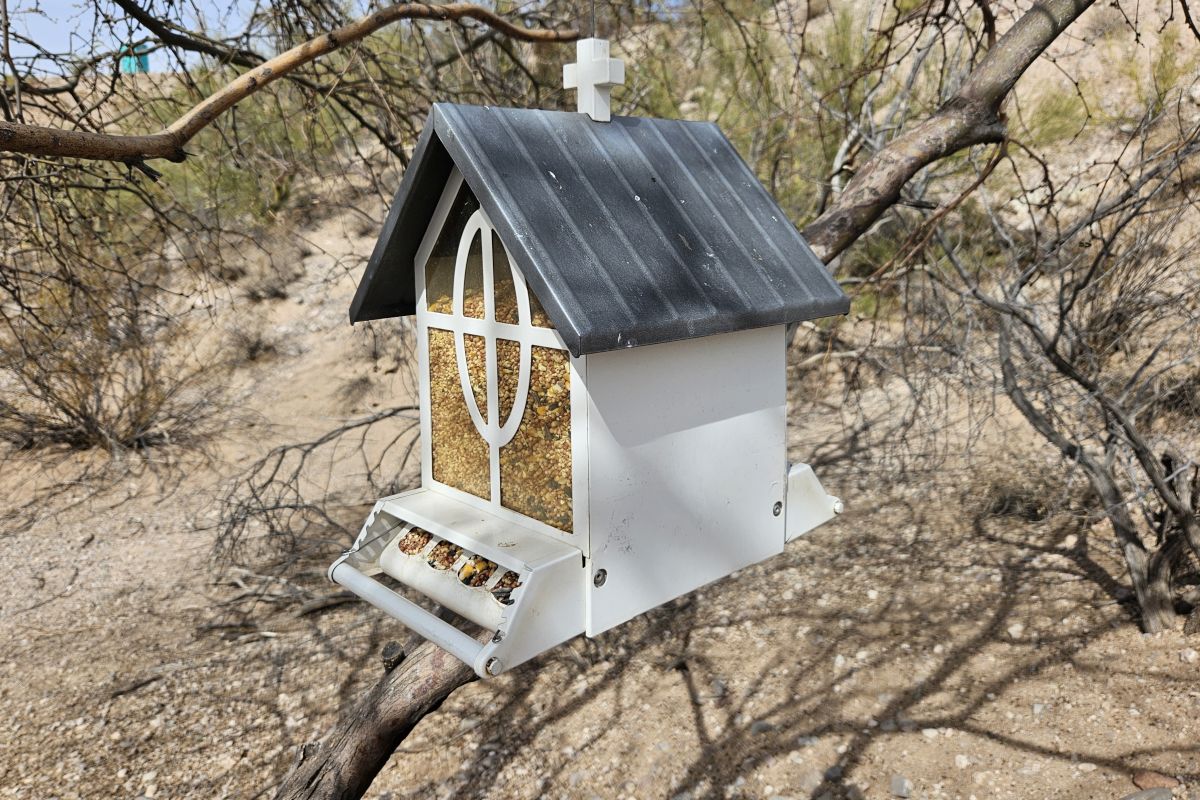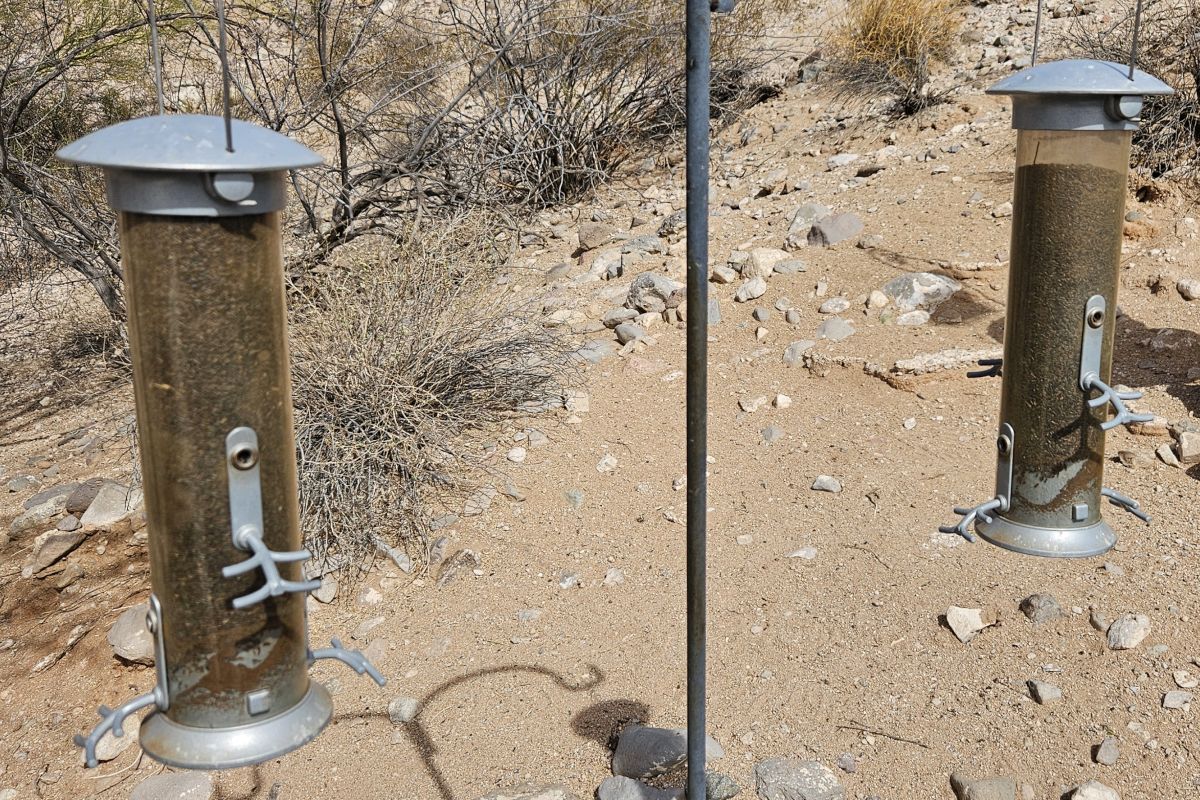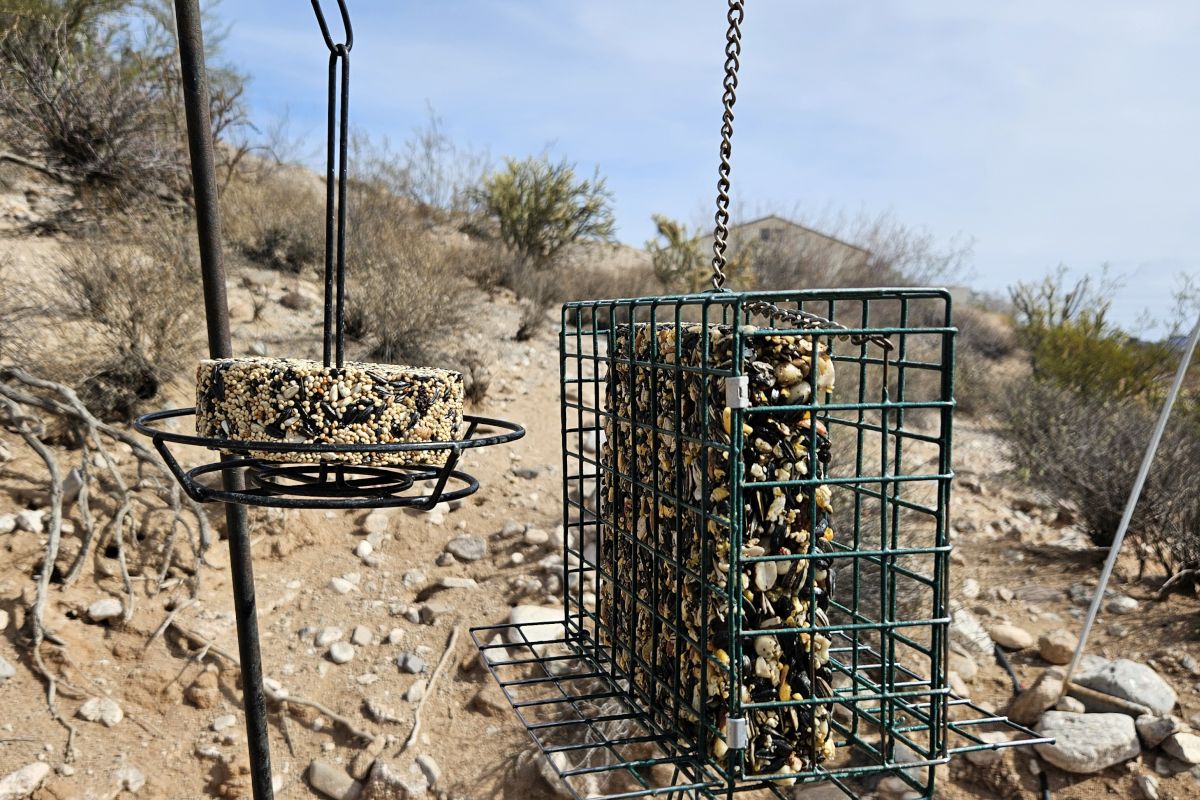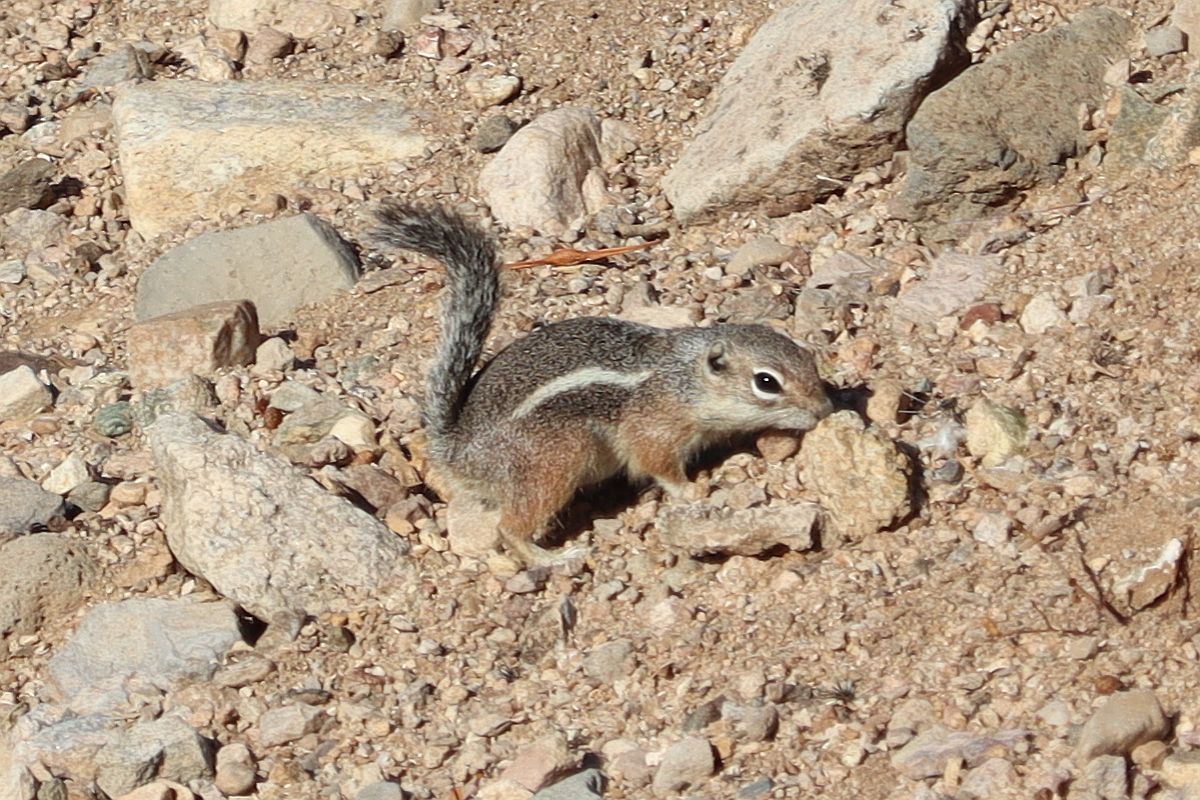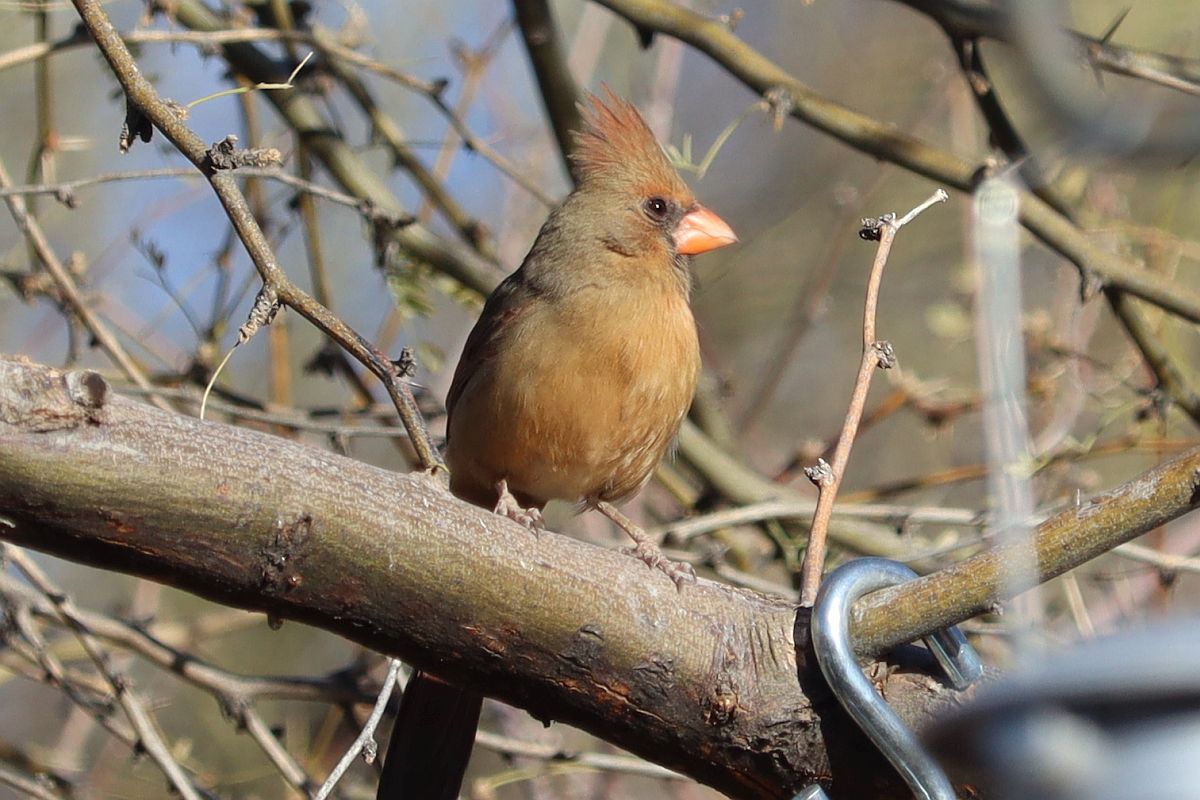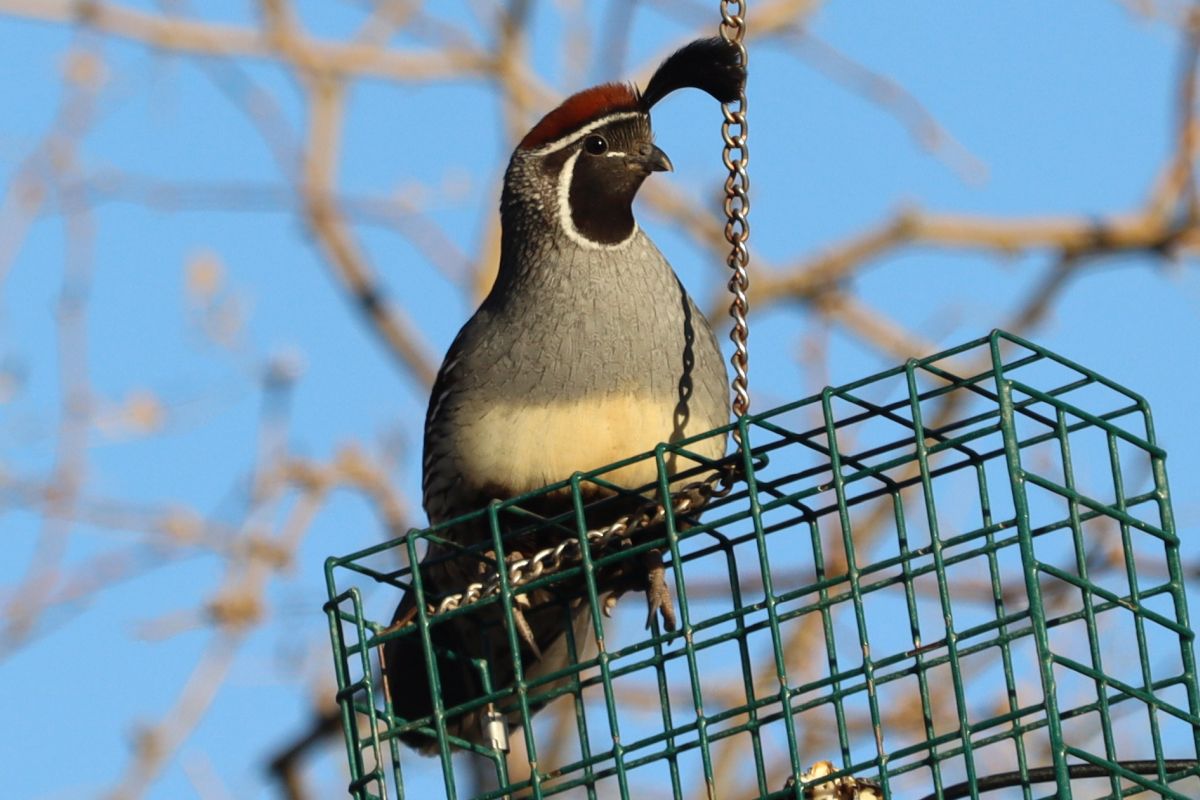Earlier this month, I retired my venerable Canon Powershot A710IS Camera and started using my newer Kodak PIXPRO FZ152 Camera. The older camera had roughly 18 years on it and after it got retired, I started using the newer camera. The newer camera, it turns out, had more features that I didn’t know about because I used it so seldom. Lo and behold, there is a “panoramic image” mode.
To make panoramic images using the FZ152, one must select the proper mode and shooting left to right (other direction optional) snap three or four images as you move the camera. There is a “ghost” image of the preceding image that helps the user to align the camera. When done, select the “SET” button and the camera begins to “stitch” the images into a single elongated image — a panoramic image.
I am still learning how to use the panoramic image mode, although some of the image results from following the procedure have been disappointing, with visible disconnects in the continuity of the image. I thought I was using the proper procedure and got the result seen below:
As you can see, the right half of the panned image jumps from a place in the middle of the house to repeating (in a distorted fashion) the same image segment going to the right. The image is not useful except to demonstrate the problem.
I guess I am spoiled by having had a really good Canon Utility in the past that would render panoramas from several images with very good results, even with marginally acceptable images. Unfortunately, that utility stopped being supported and did not work with later versions of Windows subsequent to about seven years ago or so.
I will keep trying to get panoramas with the Kodak Camera in the future, but I may opt for a Photoshop ($$$) utility to do the things I used to do with ease and for free with the Canon App.




